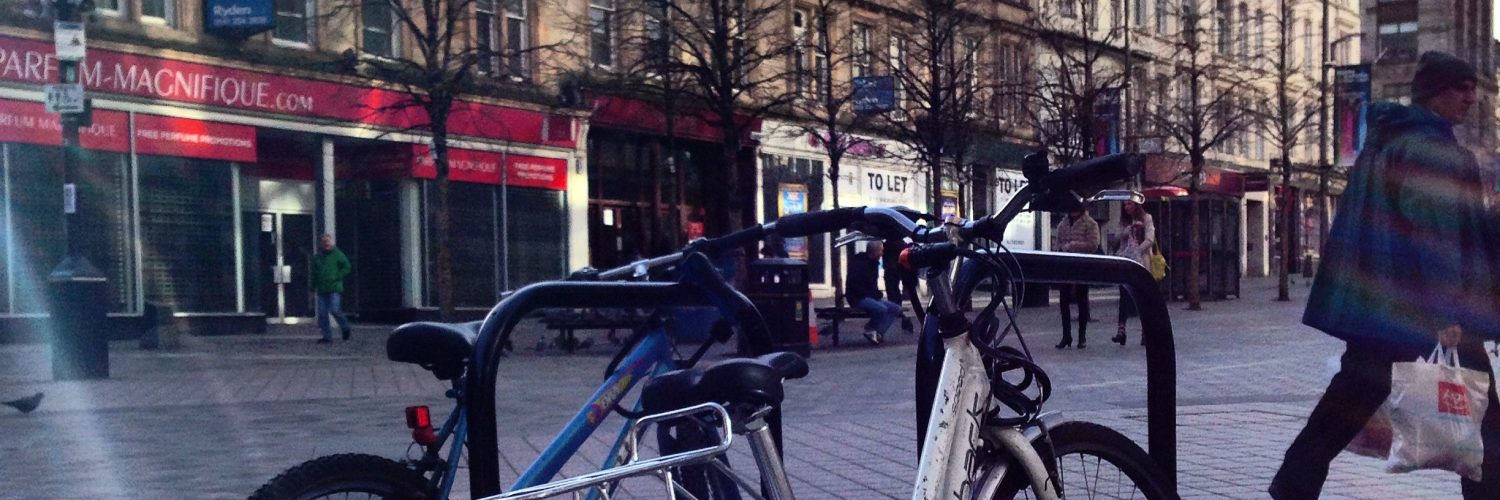Urban Screens
A “paisagem” urbana contemporânea é marcada por grandes paineis eletrônicos, telões “públicos” que agem como um meio de transmissão de informação massiva (enviando a partir de um centro para a massa) sobre questões da vida quotidiana (nível de poluição, temperatura, break news, publicidade…). No entanto, há possibilidades de adicionar “funções pós-massivas” nessas mídias locativas massivas, através de technologias móveis e redes sem fio, como forma de adicionar produção de conteúdo feita por usuários comuns, reforçando características comunitárias. É isso que tenta mostrar o artigo de Mirjam Struppek, do Urban Media Research, Berlin, Urban Screens – The urbane potential of public screens for interaction:

Trechos finais:
“The mobile phone can also be utilized as information transmitter. Various artists have rediscovered the idea of the urban dialogue in the form of speaker’s corners and have been experimenting with the use of SMS for public expression. The project Storyboard by Stefhan Caddick used a mobile Variable Message Sign situated in public space to display submitted SMS text. Will the next step be to connect the ‘blogosphere’ to Urban Screens? What strategies will prevent misuse and encourage high-quality submissions?
Involving an urban audience in experiments requiring participatory planning and making use of the participatory tools of new media is a great challenge. Screens in public spaces could function as mediation board between the community and the local planning department and serve as a public display for the exchange of ideas.
Jeanne van Heeswijk’s project Face Your World – which took place in Columbus, Ohio, in 2002 – gave children on a bus access to a multi- user computer game allowing them to redesigning their communities as they envisioned them. [Fig. 6] At three bus stops, the creations were displayed on special screen sculptures presenting the results of the game to the urban community. As van Heeswijk put it, ‘It’s about the way people look at the space around them. With everything being privatized now, people don’t view the community as their own any more.’ [10] In this case, digital media were utilized as interaction catalysts for the participation and engagement of young people in a local community.
Conclusion
Content needs to be coordinated with new visions of how, when, and in what specific locations screens can be integrated in the urban landscape and its architecture. The balance between content, location, and type of screen determines the success of the interaction with the audience and prevents noise and visual pollution. Furthermore, we need to understand how the growing infrastructure of digital displays influences the perception of our public spaces’ visual sphere.
Whenever we integrate a medium into the city’s public space, we need to assume responsibilities regarding the sustainability of our urban society. Public space is the glue that holds urban society together. It is time to shape future directions of the developing ‘screen world’ in a sustainable manner. It is time to develop more creative visions for alternative, socially oriented content for various types of Urban Screens and to avoid a focus on technology. Other forces than merely commercial interests should drive the attempt to shape the future development of the emergent ‘screen world.'[11].
